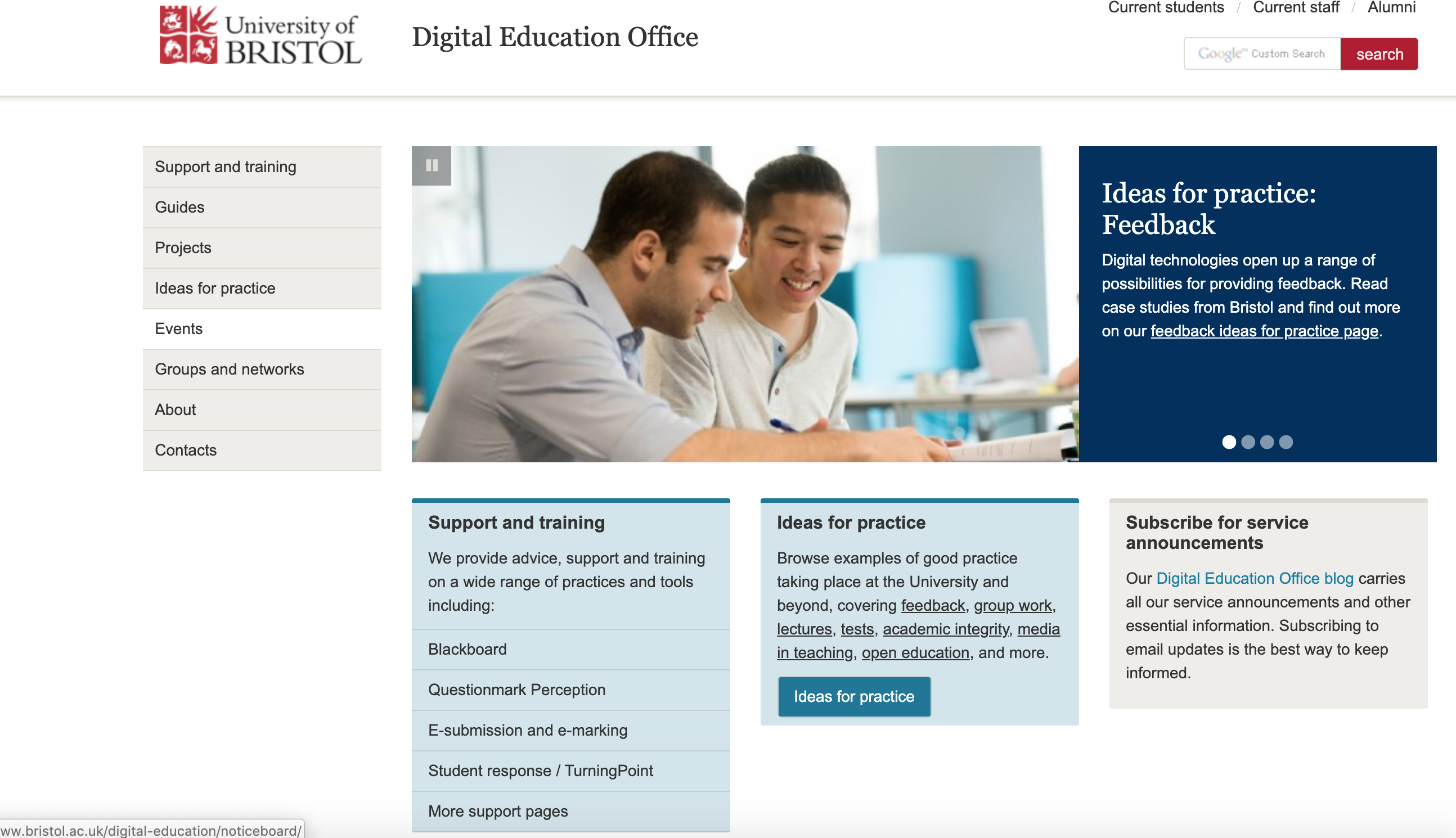Chapter 13: Supporting teachers and instructors in a digital age
13.3 Learning technology support

![]()
13.3.1 The need for learning technology support systems
There have been many references in this book to the need for teachers and instructors to work, wherever possible, with instructional designers and media producers when teaching in a digital age. The reasons for this are fairly obvious:
- no teacher can be an expert on everything; working in a team covers a wider a range of skills and knowledge;
- technology should be used to decrease instructor and faculty workload, not to increase it, as at present; instructional designers in particular should be able to help teachers and faculty to manage their workload while still producing high quality teaching; media producers enable subject experts to focus on content and skills development;
- team teaching, with different skills within the team (two or more subject experts, instructional designer, media producer) will lead to higher quality teaching.
As a result, over the last ten to twenty years, there has been a rapid expansion in the number of learning technology support systems, both centrally, and in larger institutions, within different academic departments. Over time, separate units focusing on faculty development, learning technology support, and distance education have become merged or integrated into multi-functional units, under a variety of names, although legacy systems can sometimes take a long while to make this shift.
13.3.2 The scaling problem
As the move to blended, hybrid and online learning increases, so does the demand for these support units, to such an extent that one university I know well now has over 60 support staff and a budget of over $12 million a year for its central Centre for Teaching, Learning and Technology, plus several ‘satellite’ units in the larger faculties. At the other end a small elementary school will be lucky to have one teacher with some training in maintaining the computers and the Internet added to their responsibilities. However, many school systems also have a central educational technology unit that can provide support to individual teachers and schools within the system.
Institutions are already spending a good deal to support just the fully online courses or programs. We have good models here based on instructional designers and media specialists working in a team with instructors in developing fully online courses. This way, the special design requirements for students studying off campus can be met.
However, at the moment, fully online courses constitute somewhere around 10-15 per cent of all the credit-based teaching in North American universities. What happens when we go to 85 per cent or more of the teaching being blended? The current learning technology support model just won’t be able to handle this expansion, certainly not at the rate that it is being predicted. However, without a design strategy for blended learning, and adequate support for faculty and instructors, it is almost certain that the quality will be poor, and it is certain that all the potential benefits of blended learning for transforming the quality of teaching will not be achieved.
Trying to extend the support system from fully online to blended courses and programs will ultimately be unsustainable. Although support units will be essential to get blended learning successfully started, teaching activities must be economically sustainable, which means faculty and instructors will eventually need to become able to design and manage blended learning effectively without continuous and ongoing support from instructional designers and media producers. This will require a huge training and retraining effort for instructors.
13.3.3 Faculty training or support units? The need for balance
I am a strong supporter of such specialised units to work with teachers and instructors. However, this has to be balanced against the costs. Funding from these units usually comes from within the overall budget for teaching and learning which in the end results in larger classes. These support units grow in inverse proportion to the lack of pre-service and in-service training.
However, these learning technology support units are essential for the effective development of teaching in a digital age. Thus a balance needs to be found between the provision of training in the use of learning technologies and the need for learning technology support units, which is why faculty development and learning technology units have tended to become integrated, and why institutions need a defined strategy for supporting teaching and learning. Thus although it is possible for a particularly dedicated teacher to teach successfully without such support, learning technology support units are becoming an essential service for most teachers and instructors.
Activity 13.3 Learning technology support
- What kind of learning technology support can you readily access? Is there enough? Can it provide the help you need? Have you tried? Is it close at hand or distant?
- What kind of support would you like that isn’t being provided at the moment? Have you talked to your learning technology support unit about what kind of help you would like?
- Does the unit combine faculty development, learning technology support, and distance education, or are they all in separate units? Does this matter to you?
There is no feedback on this activity.

